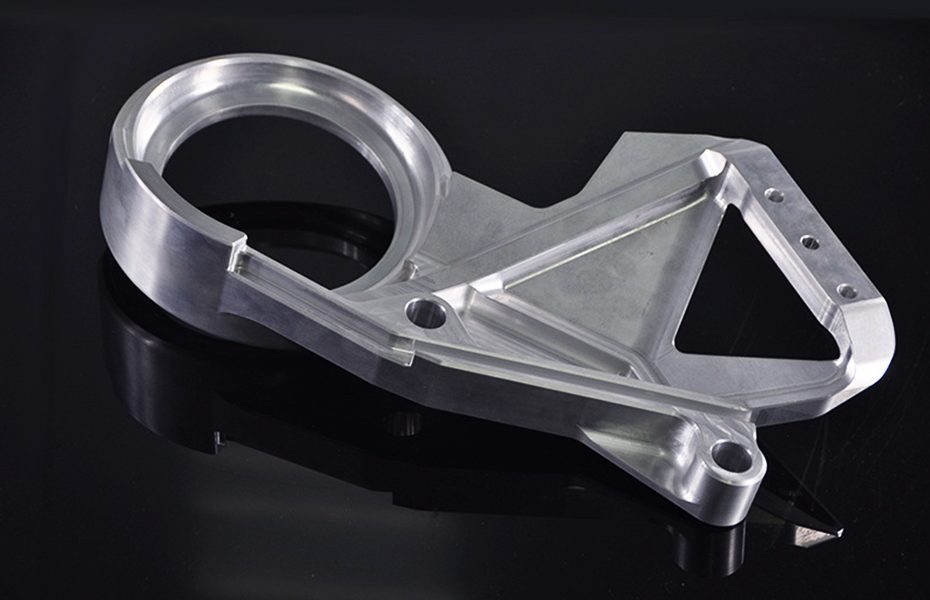CNC Prototype Machining is a necessary process in industrial manufacturing due to its operation and advantages. With the process, there is a removal of possible threats or flaws that might cause problems during manufacturing. It reduces the possibility of releasing substandard products.
CNC prototype machining makes it easy to identify where problems are or can be so they can be corrected from the manufacturing stage. It also saves time since the detection of the problem is in the preliminary stage.
Advantages of prototyping with CNC machining
There are numerous reasons why a company may use CNC machining to produce a prototype, including speed of production, part quality, material options and similarity to the final part.
From file to prototype
One of the biggest advantages of CNC machining is the “CNC” element. Since CNC machining is a digital process that creates a part from a computer file, engineers know that a machined prototype will closely match the digital 3D design, and that the same digital design can later be used to create a final part with identical dimensions. The degree of repeatability is particularly high.
Furthermore, using digital 3D designs allows for quick and precise alterations. If a machined prototype exhibits a physical flaw resulting from bad design, the engineer can return to the CAD software to make suitable changes for the next prototype. Different versions can be compared side by side, and simulation software can even be used to preemptively test how a part will perform in the real world.
Quality and consistency
Computers aren’t perfect, but computer-controlled machinery tends to function exactly as it’s supposed to — unless it breaks down. While many prototyping processes rely on human skill (and are therefore susceptible to human error), CNC machines follow their instructions to within a fraction of a millimeter.
Importantly, they can also do it over and over again. Although a business might only be making a single prototype, a CNC machine can, if needed, run the same job a second time with minimal deviation from the first. This is incredibly useful for developing new iterations of a prototype, and for moving to production with the same machinery. (Manual processes are incredibly important, but it’s easier to guarantee consistency with an automated machine.)
It Supports Many Materials
If a prototype does not have a mechanical purpose, it may be suitable for 3D printing, which — although not known for producing high-strength parts — costs very little and can be carried out in a short space of time. For most 3D printing processes, however, the material options are narrower than they are for machining.
CNC machining not only offers a wide range of compatible materials, it also offers some extremely strong and durable ones, including a wide range of metals. It is possible to 3D print with metals as well, but not with a low-cost FDM printer.
The benefits of machining a prototype first
Prototype CNC machining is a process used in producing one piece or a small batch of a product before its custom production and manufacturing. The process is ideal for various things. For example, it is suitable for obtaining a sample of the product you want to develop at a lower cost.
